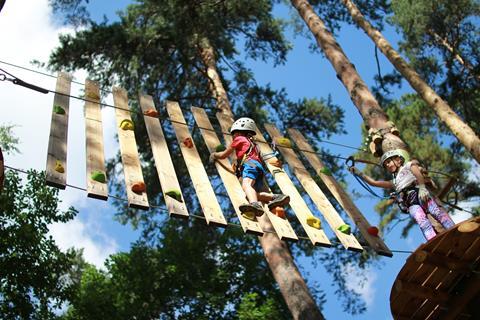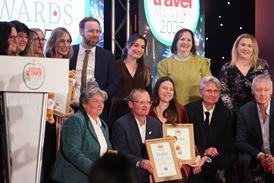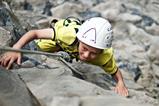‘What is the ratio?’ is one of the most common questions EVOLVE Advice are asked about. Jake Wiid explains the answer.

Imagine the scenario: you’ve been tasked with taking a group of 26 year 10 students on a geography field trip to Iceland. It’s a five-day visit at a busy time of year. Your headteacher wants to know how many staff they need to arrange cover for. How do you calculate the staff-student ratio?
Actually, that’s a trick question. Specific ratios have been almost completely phased out of guidance (aside from the EYFS Framework); however, ‘What is the ratio?’ is still one of the most common questions we’re asked as advisers.
A number alone does not keep children safe
The concept of ratios has evolved, recognising the need for flexibility, individual risk assessment and other factors. Adequate supervision remains a critical factor in keeping educational visits safe and enjoyable, but a number alone does not keep children safe. Fewer, more competent staff may provide a safer environment than a larger number of less competent staff.
A better question would be: how many supervising adults do you need to ensure there is effective supervision?
The responsibility lies with the visit leader, EVC and head of the establishment, in consultation with colleagues such as designated safeguarding lead (DSL) and special educational needs coordinator (SENCo), to determine an appropriate level of supervision for that particular group and activity. The experience and competence of staff and other adults involved in the visit are a key factor in maintaining safety.
A quick guide to calculating effective supervision:
- We recommend using the STAGED approach as a framework for considering all the factors involved: Staffing, Transport, Activity, Group, Environmental conditions, and Distance from school.
- Identifying a starting point for your staffing levels can help support the decision-making process. Any deviation from this number, particularly if it results in fewer staff, should be considered, and documented.
- It is important that individual 1:1 support staff are not included in the overall staffing levels. Their responsibility is to the individual they are supporting, not the wider group.

Everyone involved must use their professional judgment and if any of these individuals are not satisfied with the supervision arrangements, the visit should not go ahead.
Finally, always speak to your Educational Visits Adviser if you are unsure or need support with effective supervision. There are no silly questions when it comes to keeping children and young people safe on educational visits.
Fewer, more competent staff may provide a safer environment than a larger number of less competent staff.
The 3Cs – a useful decision-making tool
Competence – of all the staff, including volunteers and helpers
Capacity – are there sufficient staff to manage the group and specific needs?
Contingency – what is the plan if there is an unexpected development?
Search for ‘ratios’ to find OEAP National Guidance at oeapng.info
EVOLVE Advice provides training, advice, guidance and online systems to over 3,000 schools, trusts and local authorities. Find out more at www.evolveadvice.co.uk















